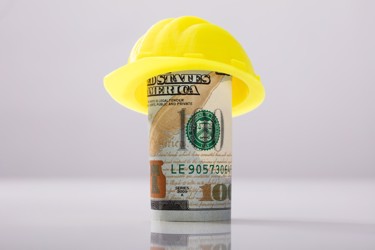Philadelphia Makes $100M Commitment To Reducing Combined Sewer Overflows


Like many cities around the country, Philadelphia has had ongoing problems in preventing combined sewer overflows caused by rainwater inundation overwhelming its outdated infrastructure. But unlike many other cities, it has just received the financial support necessary to address the problem.
“The state awarded the Philadelphia Water Department a $100 million low-interest loan to build a preliminary treatment facility to increase capacity at the Northeast Water Pollution Control Plant,” The Philadelphia Inquirer reported, noting that the water department described the treatment plant as a “‘a big ticket, sustainable infrastructure project’ unlike any the city has attempted since a wave of federally funded wastewater treatment projects in the 1980s.”
The new facility is expected to increase the plant’s wet-weather treatment capacity by almost 50 percent, allowing it to treat 650 million gallons per day. The loan was made possible through a statewide program targeted at improving wastewater, stormwater, and drinking water infrastructure issues by administering federal Clean Water State Revolving Funds.
“The 18,000-square-foot building will house two six-foot magnetic flow meters, and six mechanically cleaned bar screens and associated screening conveyance, and collection system,” per the Inquirer. “The designs call for six 26-foot diameter hydraulically induced vortex grit tanks… The project is expected to take four years to complete and is scheduled to begin operations in late 2025.”
This facility will be necessary if Philadelphia is going to meet a commitment it made in 2011 to reduce discharges and comply with Clean Water Act requirements. Fulfilling that commitment would mean reducing sewer overflow by roughly eight billion gallons per year by 2036, the Inquirer reported.
With much of the country’s buried infrastructure reaching or surpassing the end of its useful life, combined sewer overflows are all too common around the country. It’s possible that this significant investment in Philadelphia will create a model that other cities in similar situations can follow.
To read more about how wastewater systems address combined sewer overflows, visit Water Online’s Stormwater Management Solutions Center.
